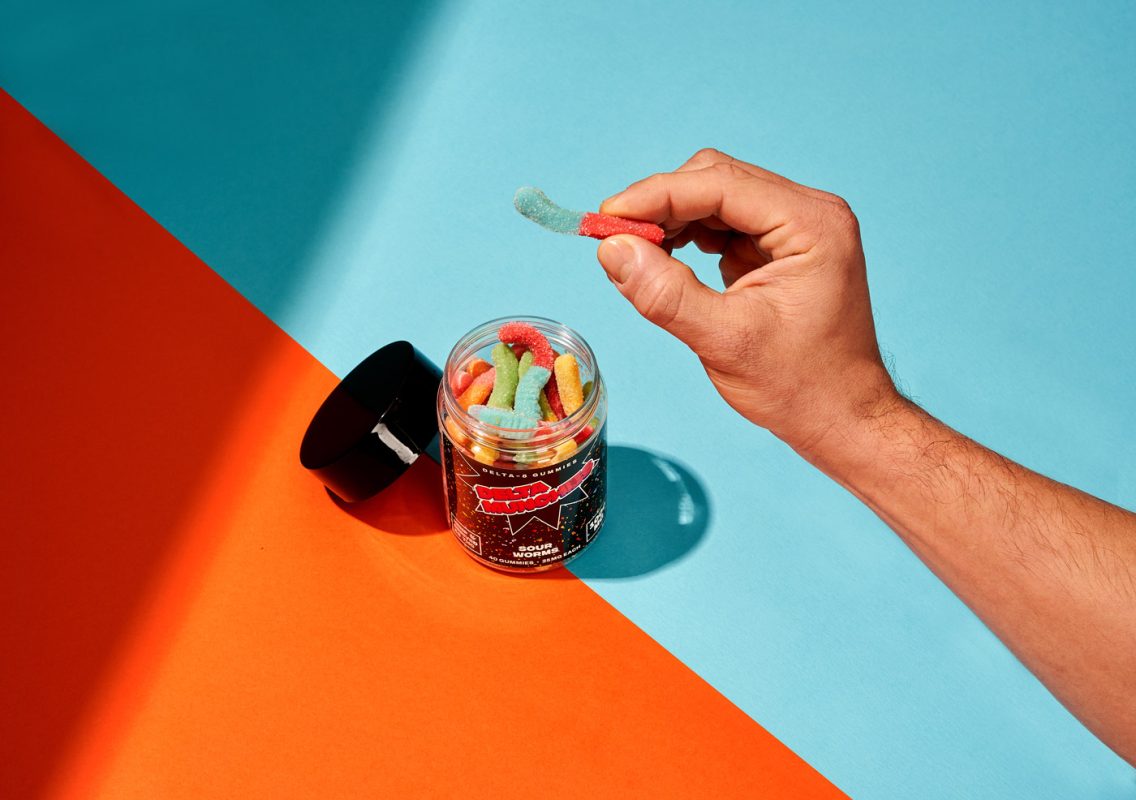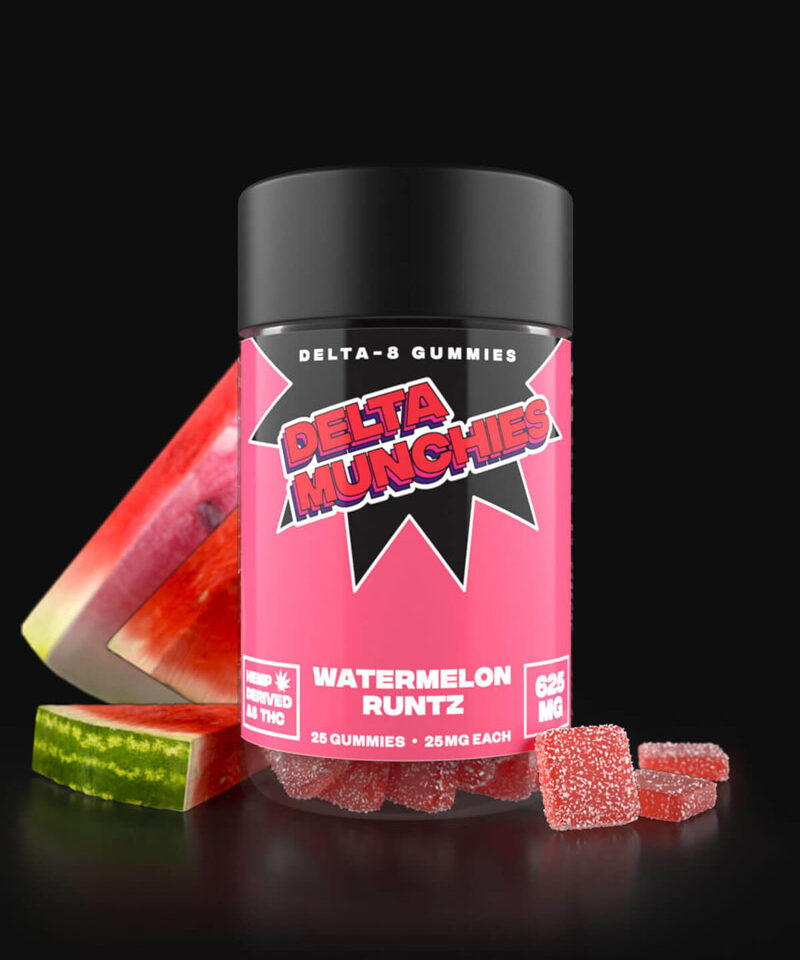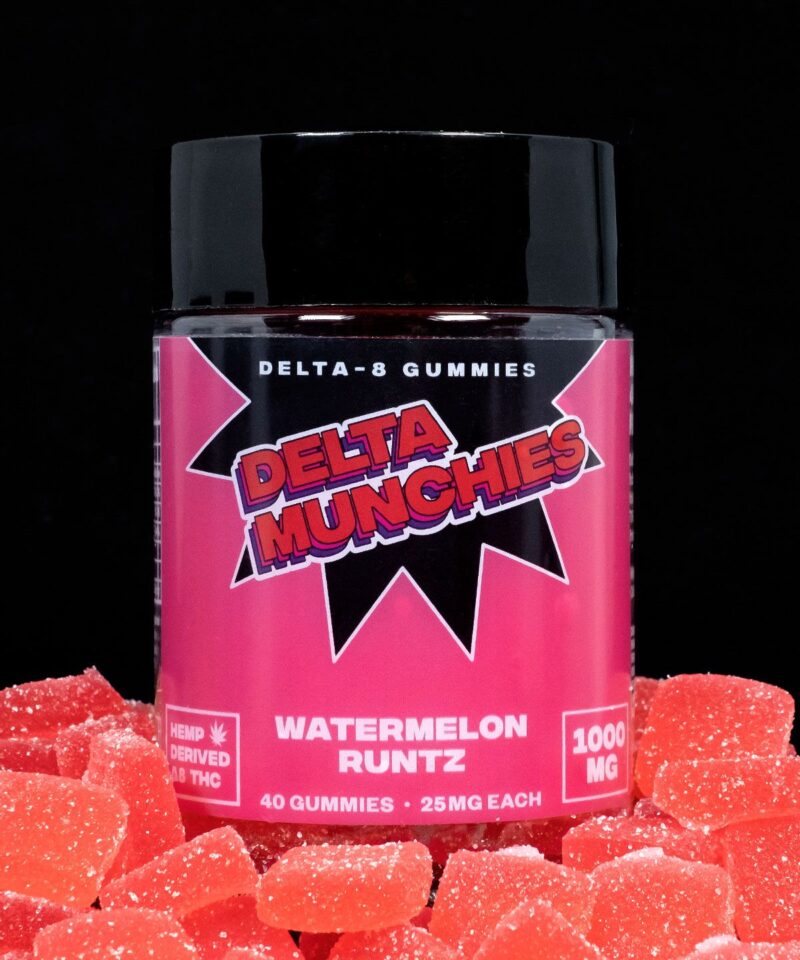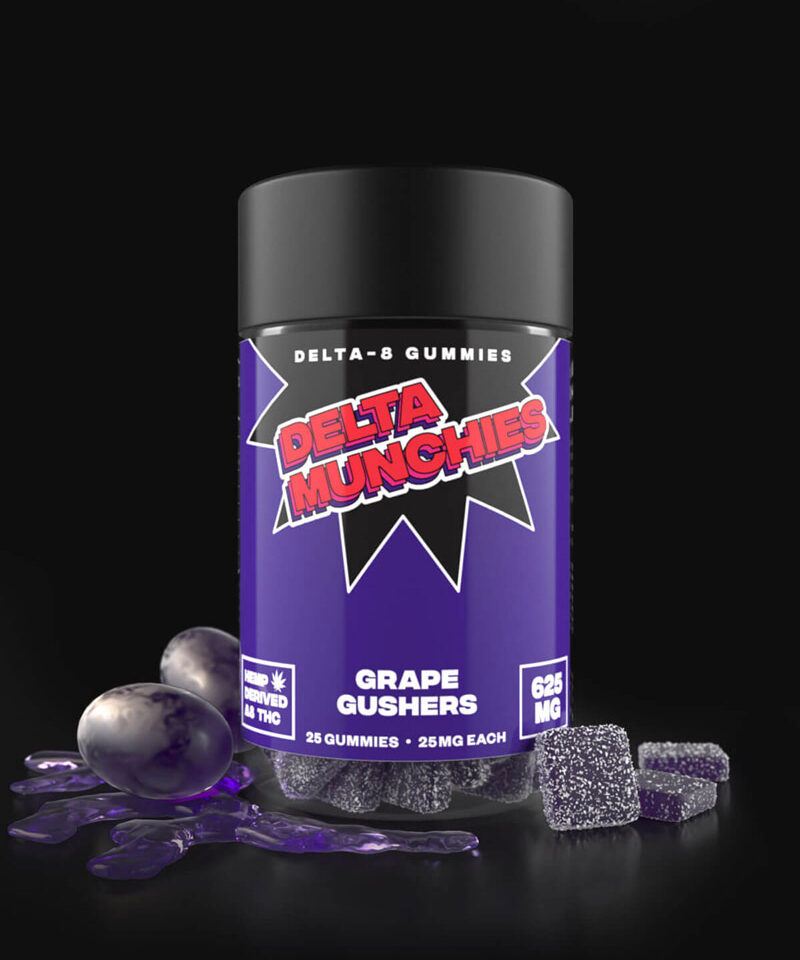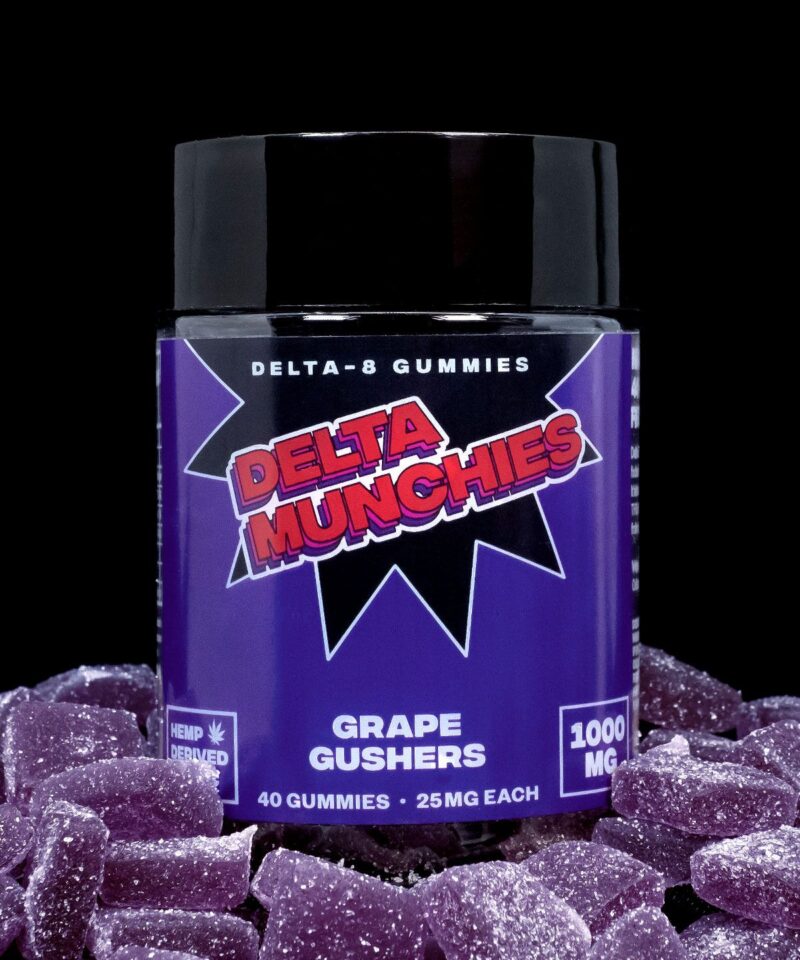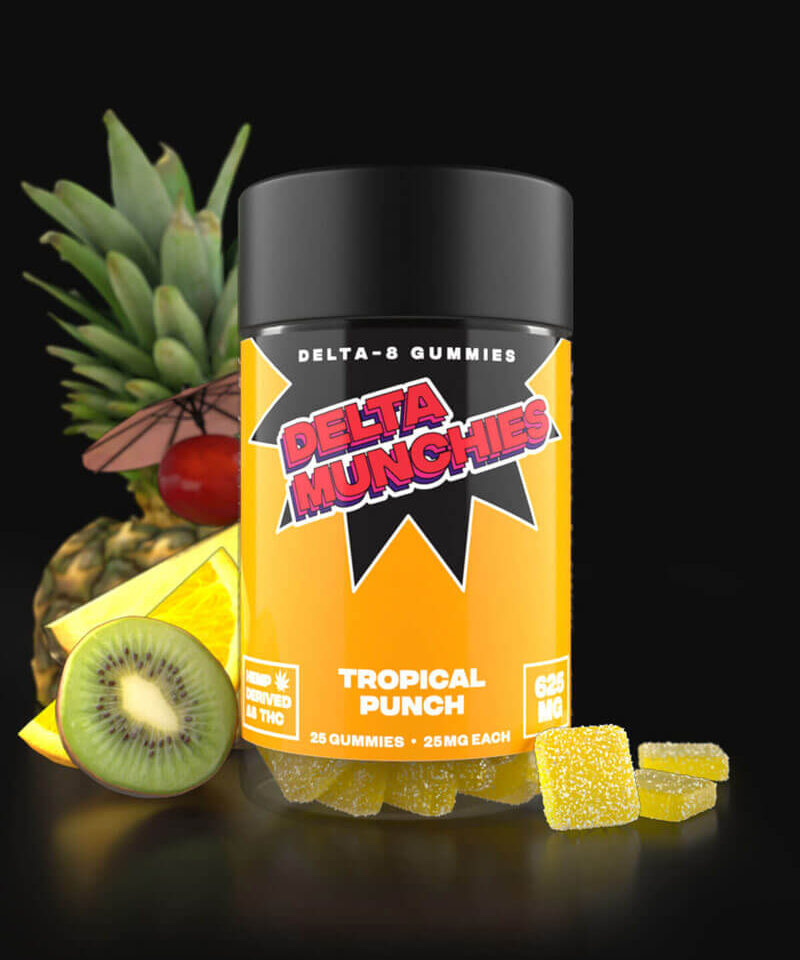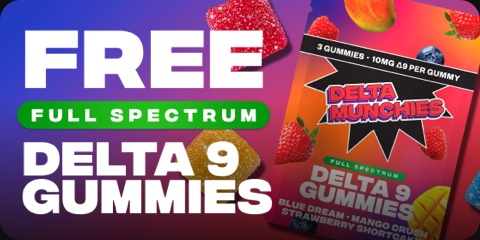Informative
Sativa vs. Indica Edibles: What’s The Difference?
We live in a time of options, variety, and innovation — in general, and even more so when it comes to cannabis. This variety applies to marijuana strains too. There is a notable difference in Indica and Sativa strains of marijuana and the effects they may have on the user. The effects of edibles may also vary depending on which weed strains are used to create the product. While each strain has notable nuanced effects, many people wonder: can edibles preserve these differences?
In this post, we’ll dive deep into the world of Sativa and Indica and the different effects and differences between the two. We’ll also explore the effects of Sativa and Indica in edibles specifically. Let’s start with the basics. It’s important to note that Sativa and Indica are actually entirely different plants.
Looking for an unforgettable edible? Delta Munchies has you covered.
Delta 8 THC
Delta 8 THC
Delta 8 THC
Contents
- Key Takeaways
- What is Sativa?
- What are the Effects of Sativa?
- What is Indica?
- What is a Hybrid?
- What are the Different Types of Edibles?
- What are the Differences in Effects?
- Sativa vs. Indica Myths
- Does Indica or Sativa Matter in Edibles?
- Is Indica or Sativa a Better High?
- Sativa vs. Indica Edibles for Anxiety
- Sativa vs. Indica Edibles for Pain
- Best Way to Buy Edibles
- Indica vs. Sativa Edibles: FAQs
Key Takeaways
- Sativa and indica strains are the two main subspecies of cannabis, the first one known for its energizing-like effects while the latter is usually associated with sedating effects.
- Sativa strains are usually depicted like energizing and better for daytime use, usually associated with an increased focus and mood uplift.
- Indica strains are short and stocky, usually with higher CBD levels, and associated with pain management.
- Hybrid strains are known for having the best of both worlds, borrowing a few characteristics from parent strains based on their terpenes.
- While knowing both subspecies is important, the real deal about the effects usually comes from terpenes. Choosing the right terpene blend might be more critical when choosing your next edible, vape pen, or tincture.
What is Sativa?
Cannabis sativa (as it’s formally named) thrives in dry, hot climates with long sunny days. These plants can grow taller than twelve feet! They have finger-like leaves and take longer to mature than other types of cannabis. Some popular strains of Sativa that you may be familiar with include Acapulco Gold, Panama Red, and Durban Poison.
What are the Effects of Sativa?
While both Indica and Sativa are used recreationally, the effects of each are quite different. The effects of Sativa may include a “head high.” Many users reference an invigorating, energizing effect that can help reduce anxiety and stress. It may also increase creativity and focus. People who consume mostly Sativa strains may feel productive and creative, making Sativa edibles ideal when you’re in a social situation, at a party, wanting to bond with others, play games, or have a mood lift. Because the strain has such a stimulating impact, you can use it in the daytime, and it won’t make you sleepy.
Unlike Indica, Sativa is definitely the more physically energizing of the two. When Sativa edibles are consumed in small doses, they may help increase focus and uplift your mood. When Sativa edibles are consumed in larger amounts, it may create a euphoric mood change. It’s what you want to choose when you’re ready to have a good time with your friends. We recommend being cautious and starting small, as with all edibles, as consuming potent Sativa edibles can cause paranoia or anxiety, especially if you’re new to the strain.
Sativa, in general, is thought to leave its user feeling more creative, mentally focused, and uplifted, which may help aid in symptoms of depression. If you’re looking for anxiety relief, you might want to seek out a Sativa strain with a high CBD content too.
What is Indica?
Indica plants are short and stocky – growing wide and broad. They actually grow faster than Sativa plants and produce more buds. The most popular strains are Hindu Kush, Afghan Kush, and Granddaddy Purple.
What are the Effects of Indica?
Indica strains often have higher CBD levels — making it sought after for its relaxing effects and could also help reduce nausea. It is ideal to consume at night because of its profound relaxation effects. When consuming Indica edibles, Indica may also have similar effects to smoking Indica or consuming it another way. Many people report numbing bodily sensations, full-body high, and relaxations — making it ideal for pain management. Edibles that contain more Indica may result in a sense of heaviness in the body and euphoria. Many people feel Indica edibles are ideal to consume while at home relaxing, spending a cozy day inside, or spending time alone.
Indica can be associated with certain kinds of anxiety relief, pain relief, appetite stimulation, and insomnia help, too. So when comparing Sativa vs Indica edibles, it can be hard to choose — each one has its ideal time and place to shine!
What is a Hybrid?
In the world of cannabis, a hybrid combines two or more strains together. It might be different strains in the same species, or a cross between both strain types in different ratios. They are plants bred from one Indica parent and one Sativa parent to produce strains with middle-of-the-road effects.
It can be a cross between both strain types in varying ratios or even different strains of the same species. There are also balanced hybrids. The latter boast “best of both worlds” experiences for all-day use or for beginners curious about how vaporizing will make them feel.
Actually, almost every type of flower or “bud” you’ll find in a licensed dispensary is some kind of hybrid.

What are the Different Types of Edibles?
Now you know more about two of the main strains of cannabis: Indica and Sativa, and what their effects may be in edibles. You might also be wondering what the different types of edibles are and what types of THC edibles there are. Again, there are quite a few options!
Edibles are any food that contains cannabis. These products typically have longer onsets and usually result in powerful, full-body psychoactive effects. Infused food and drinks can be made in a variety of ways, but most often, edibles contain an infused ingredient that is high in fat, such as olive oil or butter. This process allows the extraction of the plant’s therapeutic properties.
- Gummies: One of the most common types of edibles, and as they come in so many delicious flavors now, they are a crowd-pleaser. These sweet products come in all different flavors, sizes, doses, and strains of cannabis — easily fitting the unique desires of the user. They also will be available in Sativa vs. Indica gummies. No matter flavor preference, just be sure not to eat too many at once!
- Drinks are anything from seltzer to juice or tea. Cannabis-infused beverages are becoming more popular. They can be absorbed through the cheek and under the tongue, which is something to keep in mind!
- The cannabis industry has expanded significantly in the area of baked goods. You can now buy cookies, pancakes, brownies, and muffins, depending on what you’re looking for and what state you live in!
- Mint and hard candy edibles are made just like normal candy, but they’re infused with THC distillate. They can be absorbed through the cheek wall or under the tongue.
- Chocolate is another fun option in the world of cannabis edibles that have been becoming more and more common. What could be better than experiencing the psychoactive effects of cannabis and the deliciousness of chocolate?
- Cannabis-infused oils are ideal if you do a lot of cooking at home — and can be used for anything from baking desserts to sautéing your favorite vegetables from the garden.
What are the Differences in Effects?
Although there are notable differences in the effects of Sativa and Indica strains, they are not usually specified as either one when looking at edibles. Most have a blend of both. One thing to also note is that the effects that one does feel after consuming edibles depend on that person’s individual makeup (weight, gender, health, etc). But what’s the difference between Sativa and Indica edibles?
Most edibles in the market today are not specified as either Indica or Sativa. As a result, weed edible effects can overlap, and it is not easy to tell one from the other. Another thing is that the effects felt after consuming edibles depend on the genetic makeup of every individual. What may be highly relaxing to you might not have the same impact on another person. That is true because it is impossible to retain the terpenes of different cannabis flower extracts, making it meaningless to specify the edibles.
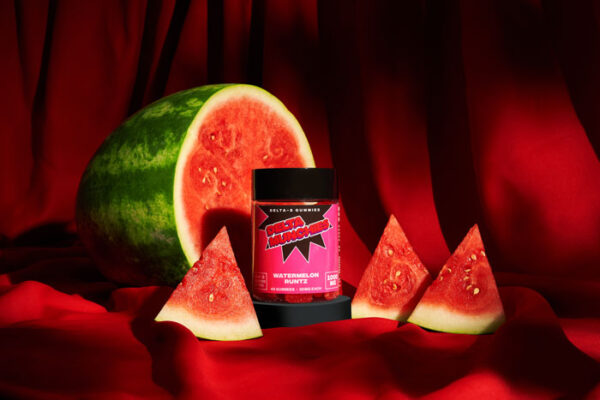
Sativa vs. Indica Myths
There are many myths about the differences between the two most widely known strains: sativa and indica. One of the most common myths is that sativa strains can provide energizing and uplifting effects, while indica strains could produce relaxing and sedating effects.
However, this has been widely debated as the industry has moved forward since some strains are determined mainly by the unique combination of cannabinoids and terpenes rather than the terminology used.
As explained by Dr. Ethan Russo in an interview with PubMed Central, while the indica and sativa strains were mainly used as a taxonomy resource, the actual biochemical distinction is nonsense.
The degree of current interbreeding and hybridization of strains makes it so that biochemical studies with cannabinoid or terpene content could suggest to potential consumers or scientists what each has.
In that sense, there’s also a common myth that sativa strains are better for daytime use while others can be better for nighttime. Regardless of the time, each strain has different effects due to its terpenes and composition and not because of its taxonomy.
Some indica strains will make you feel well rested, but it might be due to some terpene combination or high body relaxation due to the high CBD content.
Does Indica or Sativa Matter in Edibles?
Generally, no. While it might be important for other products like vaping pens or flower to know what kind of strain you are consuming, you usually won’t notice the difference between the two strains if you have a gummy.
From our point of view, there are two main reasons why they wouldn’t really matter. First, because of how systematics works with cannabis, or in simpler words, how weed is classified scientifically. And secondly, most infused products use distilled oil or concentrates to infuse their goodies.
Let’s go over a quick cannabis taxonomy history lesson. According to this 2018 research, the general taxonomy for weed has been a huge scientific mess. Basically, botanists found different varieties of cannabis and grouped them and named them thanks to shared characteristics, but hybridization and crossbreeding have made these terms interchangeable.
Originally, cannabis had three main subspecies: ruderalis, indica, and sativa. Nowadays, crossbreeding has widely made these three “original” names unrecognizable.
As stated by the research, ruderalis was usually applied to plants with the same CBD and THC content, early flowering, or morphology. With new biotechnology, newer strains can flower in quicker times, even while being typically a “sativa” strain.
Another example is how some strains particular to certain zones, like Afghani plants, were mislabeled and still are called “indica.” While some authors have reassigned their names, the general public still knows certain strains with other names, which in terms of knowing what a plant can do, is practically useless.
Now, the second part is fairly important as well. Since infused products use concentrated cannabis oil or extract in their products, most of these products do not translate their original strain’s characteristics because of the process.
Some producers add specific terpenes for flavor, but because cannabinoid concentrates bind to fatty compounds, most food flavorings would overpower the scents or aromas.
Choosing an Indica or Sativa based on the expected Indica edible effects or Sativa edible effects can be challenging. Instead, we recommend considering what you’d like to experience and then experimenting with the different edibles available to determine which ones you like best. Edible effects will always vary — depending on the individual and dosage. An experienced stoner may not need to consume a higher dosage than a beginner because they have built up a tolerance to the effects of cannabis. On the other hand, a novice can experience the effects more intensely from that same dosage because of a lower tolerance.
Understanding the differences between Sativa and Indica strains of cannabis is a true right of passage when embarking on a cannabis journey. There is no universal preference. But instead, it will depend on the individual. One important thing to keep in mind is that your experience with cannabis may vary with each use. Now you’re officially ready to confront all things Indica and Sativa!
Is Indica or Sativa a Better High?
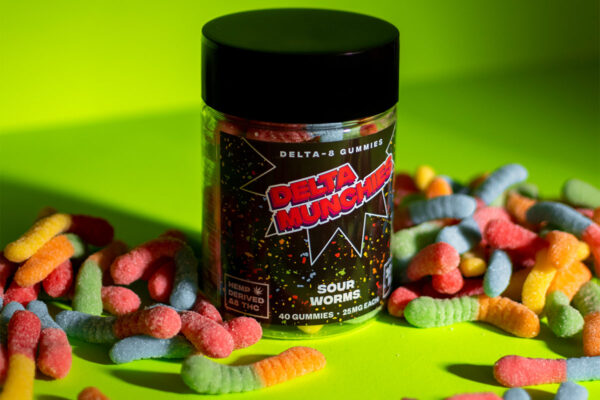
Well, this depends on the kind of experience you want. Of course, some classic strains can have a bigger lean toward the typical experience of each strain. Classic strains like OG Kush will make you feel sleepy and give you that “couch-locked” experience.
Other strains like Super Silver Haze will provide an energizing high and give you that much-needed boost to go through your to-do list. However, these strains are more complex than just being classified as sativa or indica.
Like the scientist Sophie Watts mentions in this article, rather than using the correlation between the effects of a strain and whether they are an indica or sativa, we should look at the terpenes.
Watts mentions that certain aromatic terpenes might have a higher contribution to certain effects, like myrcene. This terpene is present in many typical hybrid and indica strains, and its believed to help with sedation and intensifying the “couch-lock” experience.
However, it all comes down to preferences. Do you want to have an energizing high? Or do you prefer feeling chatty and giggly? These are the questions you should be asking yourself before choosing your next flower, and look accordingly with the terpenes in each strain.
Sativa vs. Indica Edibles for Anxiety
One of the raging debates around cannabis sativa vs. cannabis indica is which one works better for anxiety. Many people are drawn to the calming effects of indica edibles, while others prefer sativa edibles because they tend to be more energizing and uplifting.
But before we understand which works better for anxiety, it is important to look at what research says about cannabis and anxiety. This comprehensive study published in the Journal of Affective Disorders showed that 58% of people with anxiety reported significant improvement in their symptoms after taking cannabis products. This suggests that cannabis has the potential to help people with anxiety.
Now to our discussion, sativa fuels creativity and energy, while indica is known for its calming properties. It’s worth noting that sativa varieties tend to have more THC and low CBD. On the other hand, indica varieties usually have higher CBD and lower THC. Therefore, the former delivers a body high while the latter gives a cerebral buzz. That said, there are high CBD sativa strains and high THC indica strains.
When it comes to anxiety, people tend to prefer indica edibles because they bring a more relaxed and calming effect. That said, some sativa users reported feeling less anxious after taking the product due to its energizing properties. Some users say that despite low THC levels in sativa varieties, they can still effectively reduce anxiety.
Ultimately, the best way to find out which type of edible works best for you is to experiment with various products and see their effects on your body. It is important to remember that everyone’s experience with cannabis strains is unique, so what works for one person may not necessarily work for another. With the right dosage, you may relieve anxiety with either sativa or indica edibles.
Sativa vs. Indica Edibles for Pain
Research shows that cannabis, in general, may be a powerful tool to combat chronic pain. However, there’s limited research on which strains best manage pain.
We may need to rely on this 2014 online survey published in the Journal of Alternative and Complementary Medicine to find an answer. It had 95 participants who reported their experience with various cannabis edibles.
The survey found that indica-dominant edibles had more pain-reducing effects than sativa-dominant edibles. In particular, the participants indicated that they felt “strong physical relaxation” with indica edibles, which may potentially reduce symptoms associated with chronic pain.
Interestingly, the survey also showed that sativa-dominant edibles did not have the same pain-reducing effects as indica-dominant edibles. However, they may have improved mood and focus, which may help manage chronic pain.
It’s important to remember that everyone reacts differently to cannabis products, so the survey results don’t necessarily apply to everyone. You should always consult your doctor before trying any cannabis products for pain management.
Best Way to Buy Edibles
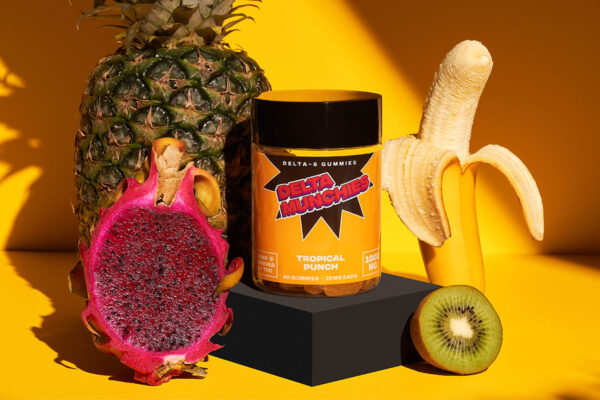
Now that we’ve reviewed what sativa and indica mean and whether they are essential in your choice, you might want a little guide to understanding how to choose your favorite edibles that can even be used when choosing tinctures. Well, look no further.
We’ve broken down our tips into three: checking and looking at the terpenes, checking out the cannabinoids in each edible, and getting a vibe from the brand or dispensary you are buying from.
Check the Terpenes
It’s all in the terpenes! As we mentioned above, these compounds usually accentuate the energizing, relaxing, and even pain relief effects. Some brands tend to add terpenes to their distillates, so check their third-party lab report for these compounds.
A few terpenes you could find useful are myrcene for its potential relaxing effects, limonene is known for its aromatics and energizing power, pinene for its anti-inflammatory effects, and caryophyllene for its potential analgesic action.
Look at all the Cannabinoids in the Edible
This is as important as checking terpenes. Even if you microdose a gummy or food item, if each product has different cannabinoids, it will definitely hit differently. For example, users mostly associate the “body relaxing effect” with taking CBD, especially in the muscle area.
Other cannabinoids like delta 8 THC can be helpful with potential anti-inflammatory effects due to their natural properties. Or HHC, a hydrogen-based THC isomer, has a longer shelf life. This translates into lowering the chances of your edibles getting stale or losing potency.
Another popular combination is trying delta 9 THC with other cannabinoids, which amplifies the high from THC. These are known as full spectrum formulas and can be pretty useful if you want the wellness benefits of weed too.
It is important you look at the dose of each gummy, too, as 5mg and 15mg of delta 9 THC can cause widely different effects in your body, and even more with an empty stomach. While 5mg could aid you mostly with some pain relief symptoms, 15mg is more on the euphoric and couch-locking side.
Brands and Retailers that can help Inform Your Decision
And by this, we mean labeling, brand reputation, and third-party lab studies. Edibles usually have labels that include what percentage of cannabinoids they have, including flavors and the usual dose.
Another important thing is to check for the brand’s reputation. Is their website easy to navigate? Does it look professional? Do they have ratings and comments on their products? All of these are important questions to choose good edibles.
Lastly, consider buying online from dispensaries or brands that use third-party lab reports. This way, you can ensure you get the cannabinoid you want and have safe experiences each time.
Indica vs. Sativa Edibles: FAQs
How Long Does it Take for Edibles to Kick In?
How long it takes for edibles to kick in depends on many factors, including the person’s weight and metabolism, as well as the THC content of the edible. On average, it can take 30 minutes to two hours to feel the effects of edibles.
How Long Do Edibles Last?
The effects of edibles can last up to six hours. However, individual experiences vary depending on several factors, such as the potency of the edible, the amount ingested, and the user’s metabolism. Some users may find that the effects of edibles last for a shorter period, while others may experience long-lasting effects.
How Long Do Edibles Stay In Your System?
Cannabis edibles can stay in your system for a longer period of time than other forms of cannabis. Depending on the type of drug test used, cannabis edibles can be detected up to 30 days after consumption. Therefore, if you have an upcoming drug test, you should abstain from consuming edibles.
Do Edible Gummies Expire?
Yes. Edible gummies and other cannabis edibles have an expiration date, just like any other food product. The shelf life of edible gummies can vary depending on the ingredients used and the environment in which they are stored. Generally speaking, most edibles will last up to six months if kept in a cool, dry place away from direct sunlight.
It’s essential to check the expiration date on your edible gummies before consuming them, as expired edibles may not be as potent or effective.




